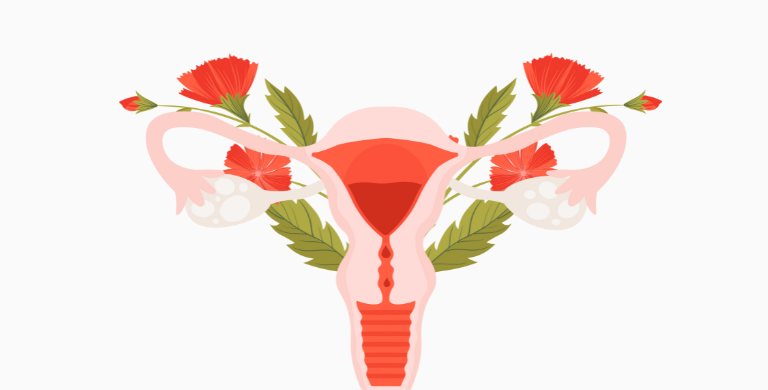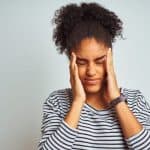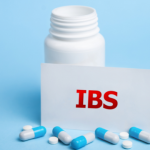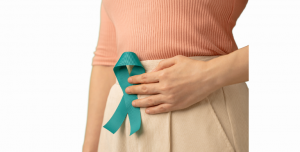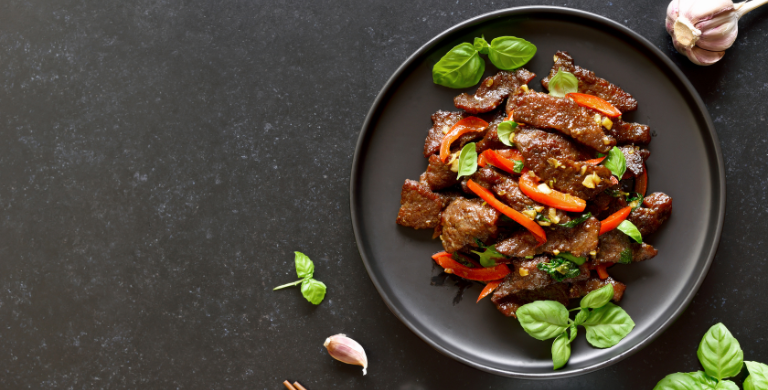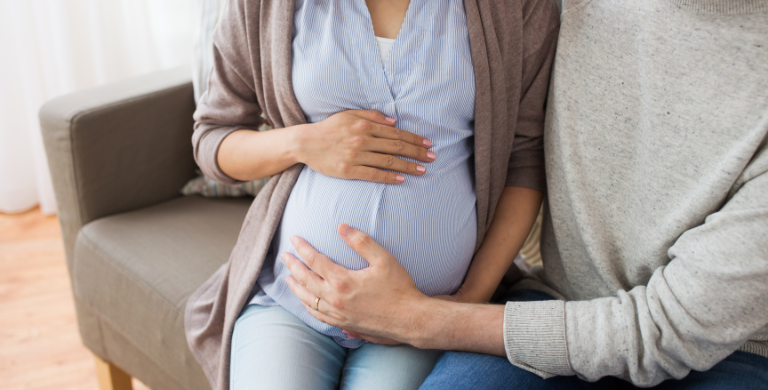Talking about personal subjects like periods (menstruation) can make parents and children uncomfortable. Helping young girls understand their bodies will help them make good decisions about their health. Talking about periods shouldn’t be one big talk at a particular age. Instead, start the conversation early and slowly build on your child’s understanding.
What is menstruation?
Menstruation is the monthly shedding of the lining of the uterus. Menstruation is also known as the menstrual period, menstrual cycle, or period. Menstruation is partly blood and tissue from the inside of the uterus that flows through the cervix and out of the body through the vagina. Hormones drive menstruation, as they are chemical messengers in the body. The pituitary gland (in the brain) and the ovaries (part of the reproductive system) make and release certain hormones at certain times during the menstrual cycle.
Some people experience symptoms of menstruation, and others don’t. The intensity of these symptoms can also vary. The most common symptom is cramping.
What are the symptoms of getting a menstrual period?
- Mood changes.
- Trouble sleeping.
- Headache.
- Food cravings.
- Bloating.
- Breast tenderness.
- Acne.
At what age do girls start to menstruate?
The average age for puberty in girls is 12; periods usually begin around that age. However, you can start menstruating as early as 8 years or as late as 16. Most women stop menstruating in their fifties, indicating menopause.
How often do you have a period?
For most people, this happens every 28 days or so, but it’s common for periods to start sooner or later than this; It can range from day 24 to day 38 of your cycle. Periods last from around 4 to 8 days. It can be helpful to note your period dates and symptoms using a calendar, a diary, or an app. Keeping notes can help you know when to expect your next period and have period products with you.
What are the period products?
When girls start their period, they must use products to soak up the menstrual blood; products such as:
- Sanitary pads/napkins
A sanitary pad, also known as a sanitary napkin or menstrual pad, is a thin pad made of absorbent material that absorbs the menstrual fluid during menstruation. Some sanitary pads are disposable and are meant for single use only. However, reusable sanitary pads are mostly washable cloth pads that can be washed and reused. Sanitary pads come in different shapes and sizes, with various capacities to absorb heavy and light menstrual bleeding days.
- Tampons
Tampons are disposable period products made using highly absorbent materials pressed into a small, cylindrical shape; It is a plug that fits snugly inside the vagina, soaking up the menstrual blood. Just like pads, period tampons come in different sizes; there are tampons for light, regular, and heavy flow. Most young girls begin with sanitary napkins during their initial few periods, later switching to tampons for convenience as they can participate in sports, gym classes, and even swim.
- Menstrual cups
A menstrual cup is a type of reusable feminine hygiene product. It’s a small, flexible funnel-shaped cup made of rubber or silicone that you insert into your vagina to catch and collect period fluid. Cups can hold more blood than other methods; depending on your flow, you can wear a cup for up to 12 hours.

Consult an Intercare doctor if your child hasn’t had a period by age 16, doesn’t get her period for three months or longer, or is bleeding much lighter or heavier than usual.
Sources

